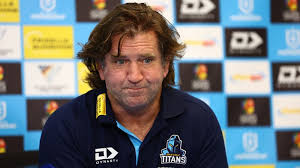
In 2025, the NRL’s zero-tolerance policy on head-high tackles is dominating headlines — and dividing opinion. Under the current rules, any contact with the head — accidental or intentional — can result in a 10-minute sin bin. While the crackdown is aimed at protecting players, it’s also affecting match outcomes in a big way. Many now believe it’s time for the league to reassess its approach.
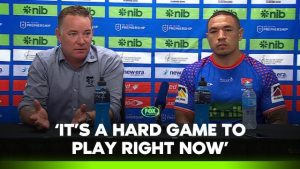
The Stats Tell the Story
The numbers are impossible to ignore. In the first eight rounds of the 2025 season, there have been 41 sin bins for head-high contact, a 58% increase from the same period in 2024 (26). And when a team is hit with one of those sin bins, they go on to lose the match 67% of the time.
The impact of these rulings isn’t just theoretical — they’re shaping the scoreboard.
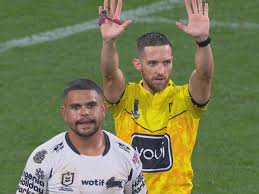
What Do the Fans Want?
A recent poll on the Fans Have Your Say app — an independent platform created by rugby league supporters to give fans a voice and help improve the game — reveals growing dissatisfaction with how the NRL currently handles head-high tackles. Here’s how fans voted, from most to least popular:
- 46% say only sin bin deliberate or reckless head-highs; review accidental ones later. This majority view supports balance and common sense — penalising true foul play without disrupting games for accidental contact.
- 18% believe players should only be sin-binned if the victim leaves the field for a Head Injury Assessment (HIA). This ties the penalty directly to the impact of the hit but risks encouraging gamesmanship.
- 18% think sin bins should be reserved for professional fouls and repeated infringements only, with head-high tackles reviewed and sanctioned post-match. This approach aims to reduce on-field disruptions while still enforcing safety off the field.
- 9% support keeping sin bins for all head-highs, accidental or not — valuing consistency and prioritising player protection above all else.
- 9% chose none of the above — but something has to change, signalling demand for a completely new approach to this growing issue.
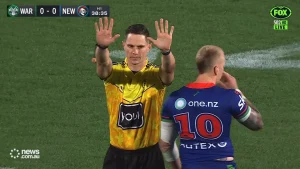
What Are the NRL’s Options?
These results highlight the key approaches the NRL could consider:
1. Stick with the current system.
Continue sin-binning players for all head-high contact, regardless of intent. Supporters argue this enforces accountability and encourages safer tackling technique.
2. Focus on intent and severity.
Only sin bin for deliberate or reckless high shots. Accidental contact would still be penalised — but through post-match review, fines, or suspensions.
3. Tie sin bins to HIA outcomes.
Only sin bin a player if their opponent requires a Head Injury Assessment. Critics warn this could pressure medical staff and lead to strategic manipulation.
4. Restrict sin bins to traditional use.
Use sin bins strictly for professional fouls and repeated infringements, and address all head-highs after the game. This would keep teams at full strength during play but might weaken immediate deterrence.
5. Explore new solutions.
There is increasing support for alternative options — like introducing a five-minute bin, expanding the Bunker’s role in real-time decisions, or giving referees more flexibility for marginal cases.
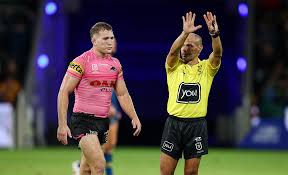
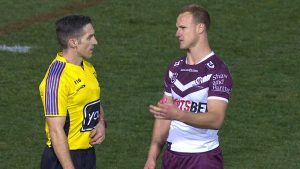
The Bottom Line
Head-high contact is a serious issue, and protecting players’ health must remain a priority. But right now, the balance between safety, fairness, and the flow of the game feels off to many fans, players, and coaches alike.
With sin bins deciding matches and nearly half the fan base calling for a change in approach, the NRL is under pressure to find a better solution — and fast.
Want Your Voice Heard?
Join the debate and cast your vote by downloading Fans Have Your Say — the independent app created by rugby league fans to improve the game.
Available now on the App Store and Google Play.
![]()